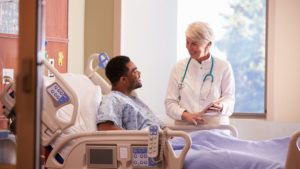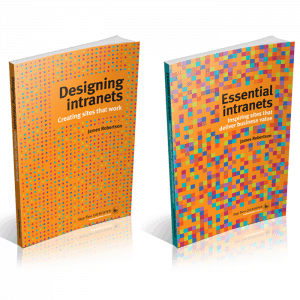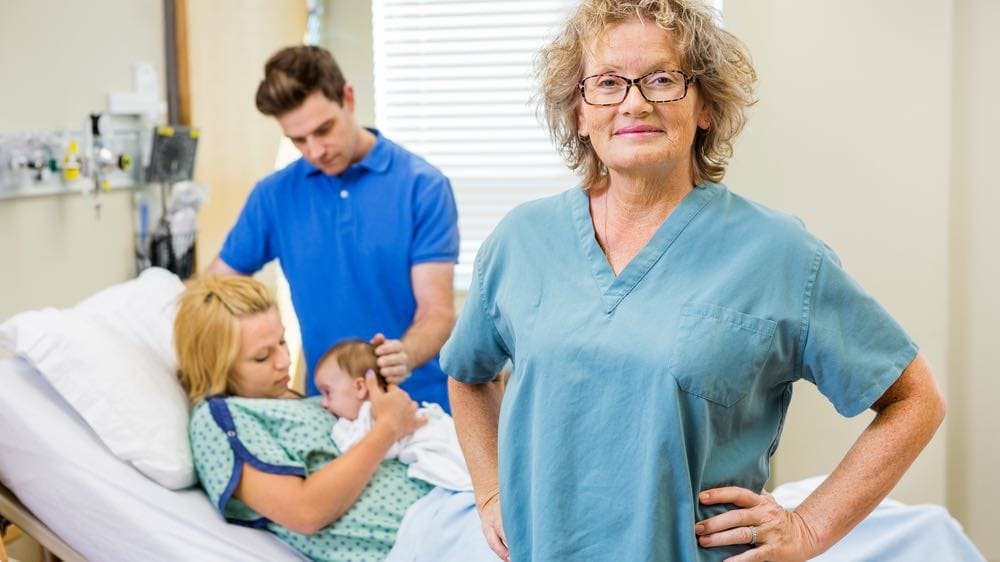
Filed under: Articles, Case Studies, Intranets, Latest Features
It was 2001, and we’d picked a terrible time to pivot Step Two from being software developers to pure-play consultants. It was just after the ‘dot-com crash’, and work was thin on the ground.
That year, our first and only new client was John Hunter Hospital, located two hours north of Sydney (Australia). The hospital was part of the public hospital district, which encompassed 15,000 staff across three major hospitals and a pile of other smaller locations.
They had an intranet that they’d been managing as flat HTML, and it actually wasn’t bad. To this day it stands as one of the better managed sites, which was a testament to the intranet team.
The team saw that there were bigger needs to be met, however, and the starting point was to understand staff needs and challenges. We invented our needs analysis methodology, which ultimately became the foundation for the next decade’s worth of work.
What we uncovered sticks with us to this day.
Hospitals are interesting places!
The best part of the engagement was spending time with nurses in wards. They were 110% busy every day, providing the majority of medical services to patients (doctors are wrong in thinking that they’re the most important staff). They wrote down rough notes as they went, and then at the end of the day they typed up details into the three duplicated medical systems that were in use.
At no point in the day did they have access to a PC. Yes, there was a single shared PC in the corner of each ward, but they nurses would get in trouble if they were seen using it (the nursing team leaders saw this as ‘time wasting’).
If there was some important new information, they would (maybe) be told at the beginning of their shift. They would also take home copies of key documents, which they’d read at home after dinner.
Despite these daily challenges and the exhausting pace, I found nurses to be incredibly practical and highly engaged. These were people who knew their job was hard, and they were keen for any improvement that might help them deliver better patient care.
Outside of the hospitals, it was no easier. Physiotherapists and other ‘allied health professionals’ worked out of small clinics. Like the rest of the staff, they had no internet access at work (hard to imagine today!). They talked about stopping off at the local library in order to access the information they needed to do their jobs. They also discussed the challenges of working in isolation, with few opportunities to share ideas or resources with their peers.
Despite these challenges, there was remarkable innovation underway, even in those early days. Alongside our engagement, they were running the ‘Maggie project’, which involved walking a fictional 80-year-old patient (Maggie) through her interactions with the hospital.
Today, we would call this a design thinking project based around personas, with an overall focus on the digital workplace. The results were remarkable right from the outset, slashing the waiting times in intensive care by showing the many inefficiencies that could actually be easily resolved once they became clear.
Fast forward 15+ years…
Since that initial project, we’ve worked with healthcare organisations of all sizes and shapes, across Australia and beyond.
Our clients have included:
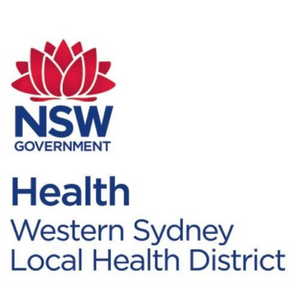
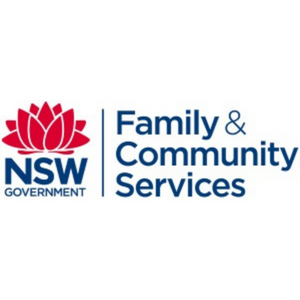
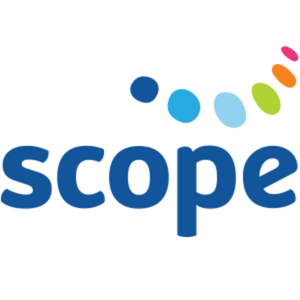
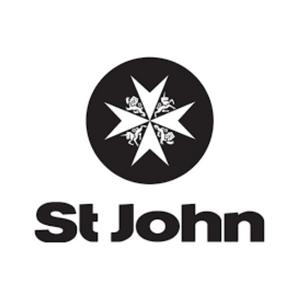
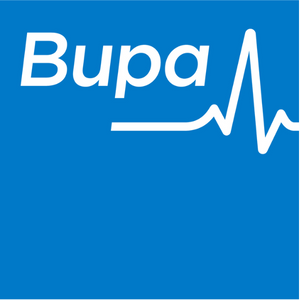
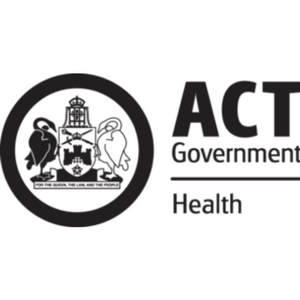
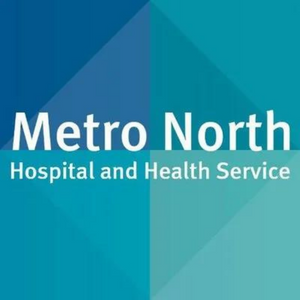
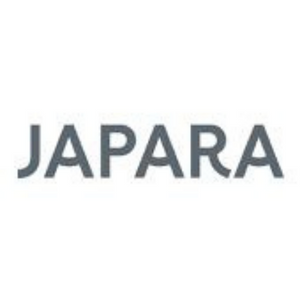
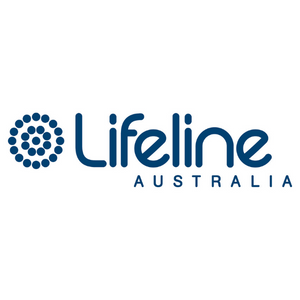
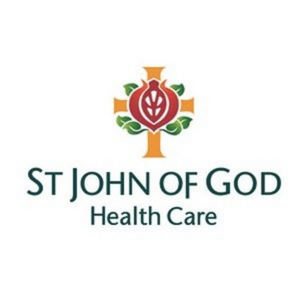
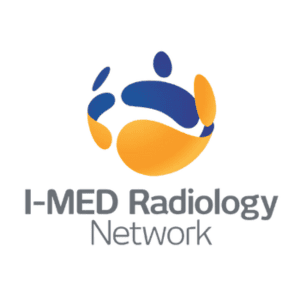
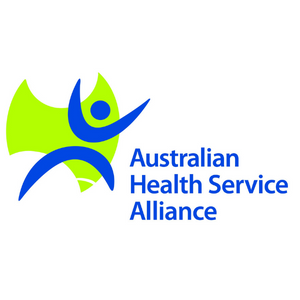

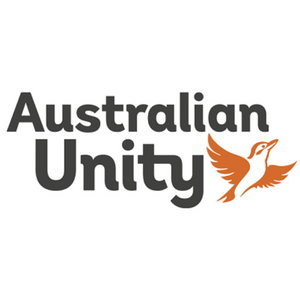
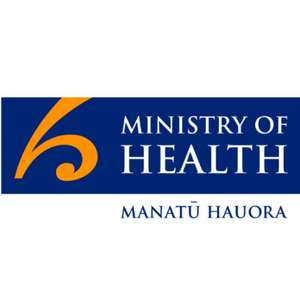
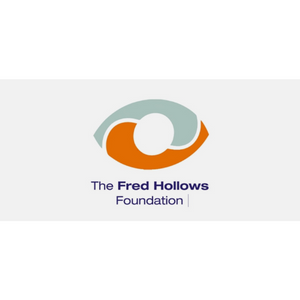
What’s changed (and what hasn’t!)
Staff now have access to the internet (phew!), but mobile access is now the frontline of the digital workplace in hospitals. Few staff have been given mobile devices, intranets aren’t yet mobile-enabled, and wi-fi coverage in hospitals is patchy.
It’s clear that the future of medical care will be digital, with staff using devices that provide an electronic patient record plus supporting AI-guided advice. The challenge (and opportunity) is to work out how to get there as quickly as possible, during this time of transition.
Nurses remain as — or more! — busy. While their focus remains on patient care, it’s clear that they are also information workers. Their challenge is to keep up to date on changing procedures and new equipment, despite incredibly busy days and limited digital access.
To understand and address these needs, proper field research remains vital. This enables project teams to uncover the realities of how staff work, and to look for alignment with organisational priorities.
Over the next decade, we’re expecting to see seismic changes in the healthcare sector, and this will be reflected in how staff do their work. We look forward to spending more time in hospital wards and healthcare clinics, putting staff needs first and helping organisations through their digital transformation journey.




